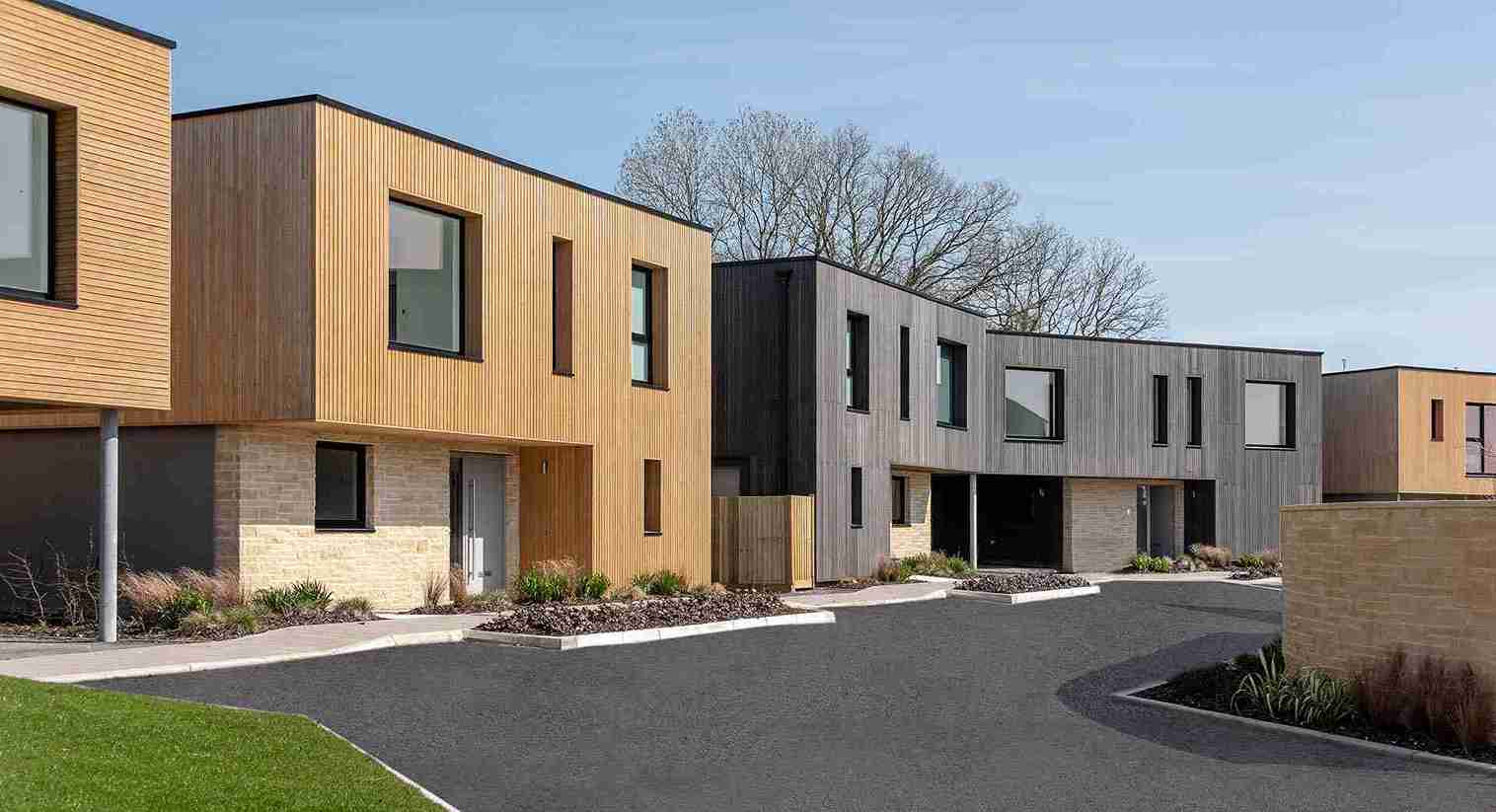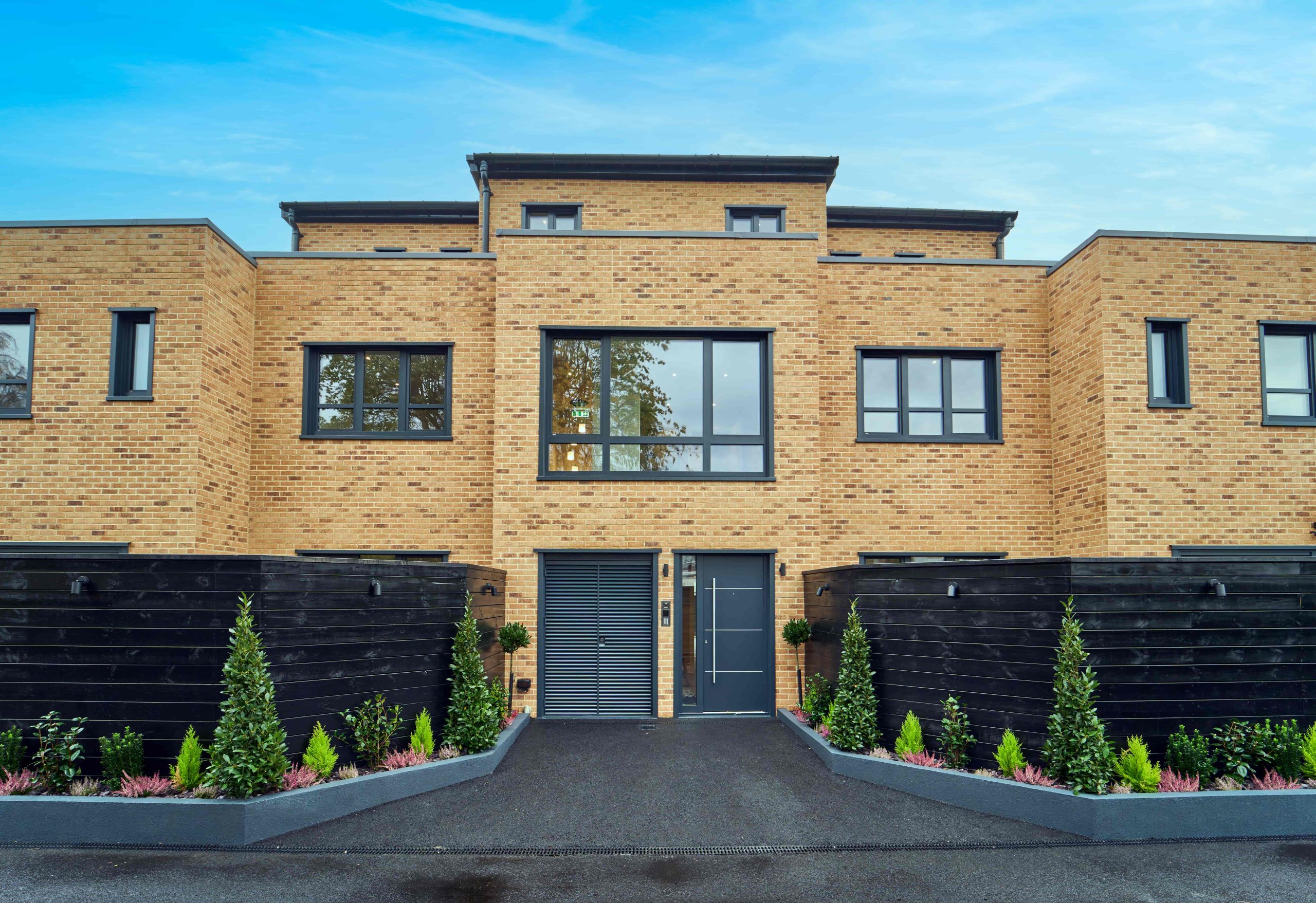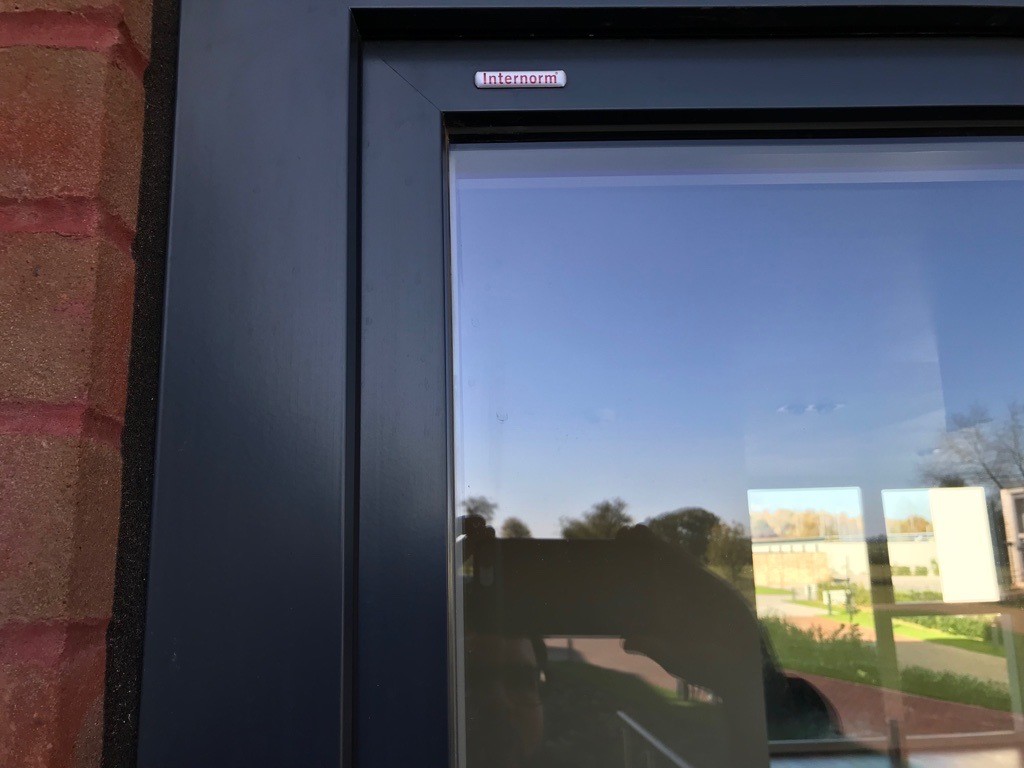Why Internorm Windows are a Good Choice for Care Homes
Specifying the right window and door products for care homes and assisted living units is key to ensuring the desired comfort and wellbeing for the end-user. The UK has Approved Documents that provide guidance on how to meet building regulations when designing and constructing buildings.
In this short blog, we will look at the following items that directly affect care homes, its staff, and residents:
– Doors for safe/easy access
– Tilt & Turn Windows
– Hardware
– Window Restrictors
– Integrated Blinds
Doors for safe and easy access
There are two main factors when choosing the right type of balcony or patio doors for care homes.
Firstly, the threshold of the door needs to be no higher than 15mm. This is to make entry and exit points of the building easily accessible for all users, including people with limited mobility. Low threshold doors avoid unnecessary trip hazards, as well as allowing easy access for wheelchair-users without having to navigate ramps or upstands.
Secondly, doors need to be designed wide enough to allow access for a wheelchair/mobility device. The current Approved Document M in the UK states that the clear opening width should be a minimum of 840mm, therefore allowing wheelchair users to pass through comfortably.
Benefits of Tilt & Turn Windows
This specific type of window design is a perfect solution for care homes. Inward opening tilt and turn windows are versatile, secure, easy to operate, require low maintenance and offer different ventilation options.
By utilising the tilt function of the window, it allows fresh air into the building without fully opening the window. Also, from a safety aspect it removes the risk of leaning or falling out of a fully open window.
Inward opening windows also allow you to fully clean the outside pane of glass so this can potentially save on maintenance costs depending on the cleaning strategy of the building.
Quality, Easy-to-Use Hardware
Window and Door handles need to be comfortable and easy to use. Certain handles can incorporate different locking mechanisms, i.e. push-button locking, key-locking, push-in handles as well as being designed with a flat edged or curved for a gentler feel. The right choice of handle will allow for easy smooth operation of the window or door. This is vital for care homes as the end-user needs to feel secure and comfortable. For example, lever handles are a better solution for arthritic hands, compared to doorknobs and thumb-turn locks.
Restrictors for Safety
The Health & Safety Executive state that precautions must be taken in care homes for opening windows above ground floor level to prevent the risk of falls. One solution is applying window restrictors to opening sashes. These restrictors should be constantly engaged, allowing a maximum opening of 100mm. Window restrictors should only be disengaged by a specific key and by maintenance or support workers. A turn lock restrictor is a good option for a tilt and turn window. When engaged, this only allows the use of the tilt function of a tilt and turn window. This solution allows fresh air into the room whilst keeping the building secure and the end-user safe. By disengaging the turn lock, the full operation of the window resumes.
Privacy and shading with Integrated Blinds
Integrated blinds are a fantastic option for optimising shading and privacy in Care Homes. Internorm’s accessible integrated blinds are extremely user-friendly with an option to be motorised with a simple push of a button. With other, cheaper shading options available, for example, standard internal curtains or blinds, these have the potential for damage, dirt, and dust.
Integral blinds are typically installed in a sealed unit between the glass panes of a window. A common problem with blinds being in a sealed unit is that if something goes wrong, the shading can look unsightly, and the whole glass unit has to be replaced, which can be costly. However, Internorm’s timber-aluminium and uPVC-aluminium composite range includes tilt & turn windows with accessible integrated shading, also available with a solar panel.
Another aspect to consider during the design stage when integrating inward opening tilt & turn windows is that the tilt function may well protrude into the curtain or blind that is fixed above the window head. Integrated blinds eliminate this potential issue, therefore looking more aesthetically pleasing all year round.
Internorm offers bespoke, triple-glazed window and door solutions for care homes in both its uPVC-aluminium and timber-aluminium composite ranges. Suitable for Passivhaus projects, they not only offer outstanding thermal efficiency, but they also provide exceptional acoustic performance – ideal for noisy urban areas, and enhanced security.
Contact the Internorm Commercial Team for further information and to discuss an upcoming care home or assisted living project:
Email: commercial@internorm.com
Tel: 0208 205 9991
- Why Internorm Windows are a Good Choice for Care Homes - 12 September 2023
- uPVC Aluminium vs Aluminium Windows - 6 September 2023
- Internorm’s Total Commitment to Sustainability and Reducing Carbon Footprint - 15 December 2022
Categories: uPVC/Aluminium, Windows



